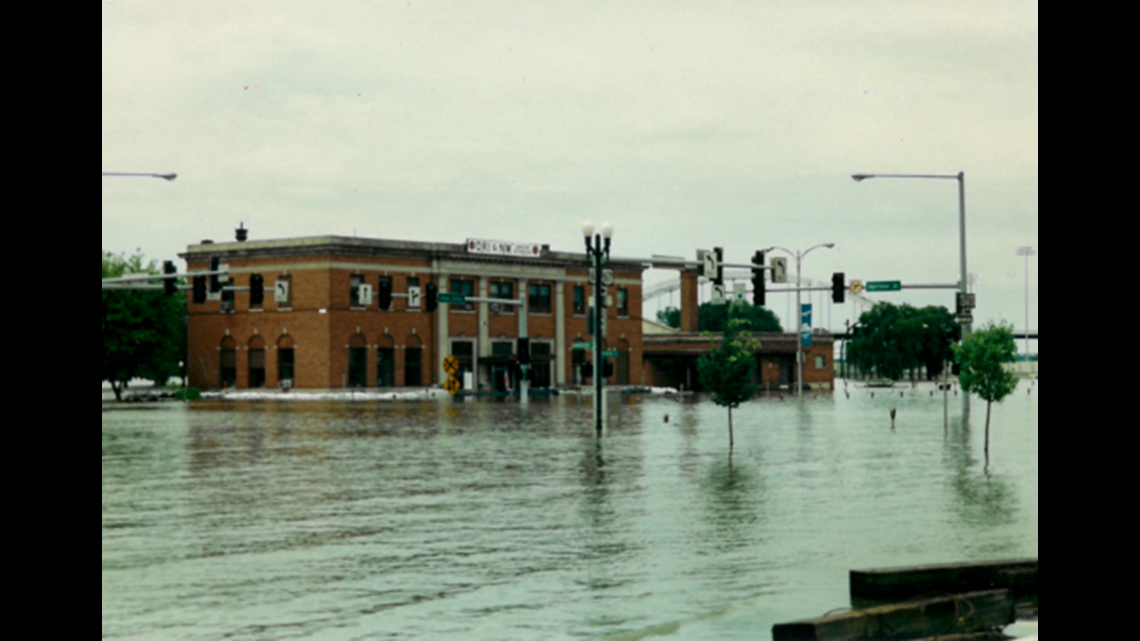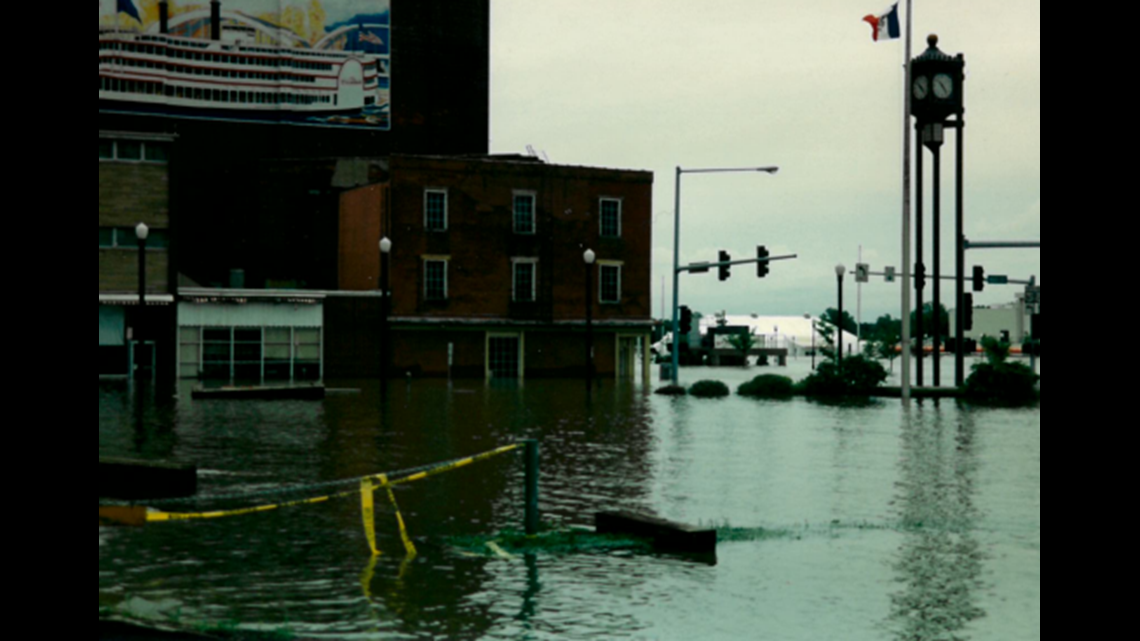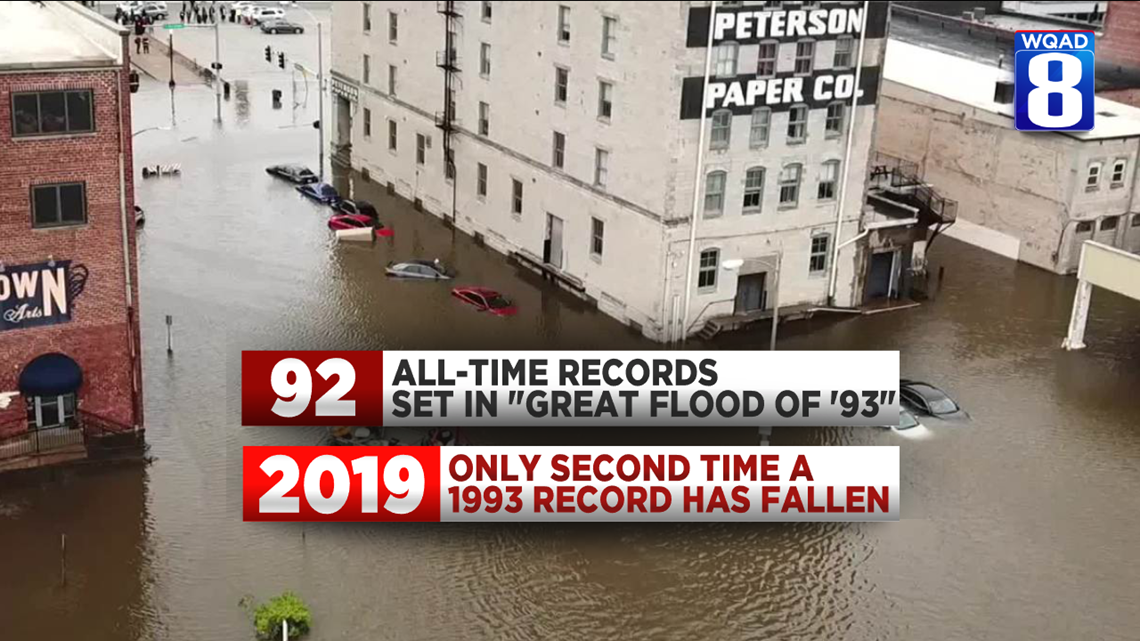Thursday May 2, 2019 is an important day in Mississippi River history. It's only the second day a record from 1993 has been broken.
In all, 92 records were set on during the "Great Flood of 1993," according to the National Weather Service.


From May through September of that year, record flooding occurred on the Mississippi from Minnesota through Missouri, Kentucky, and Tennessee. 50 people were killed with damage totalling $15 billion. There were 10,000 homes destroyed and 15 million acres of land were flooded.
Twenty six years later, it still remains one of the greatest natural disasters in U.S. history.


The river level reached its all-time high in the following locations:
- Quad Cities, 22.6 feet, set July 9, 1993
- Muscatine, Iowa, 25.6 feet, set July 9, 1993
- Keithsburg, Illinois, 24.2 feet, set July 9, 1993
- Burlington, Iowa, 21.5 feet, set July 10, 1993
- Keokuk, Iowa, 27.2 feet, set July 10, 1993
- Gregory Landing, Missouri, 26.4 feet, set July 7, 1993
- Quincy, Illinois, 32.2 feet, set July 13, 1993
- Hannibal, Missouri, 31.8 feet, set July 16, 1993
- Louisiana, Missouri, 28.4 feet, set July 28, 1993
- Clarksville, Missouri, 37.7 feet, set July 29, 1993
- Winfield, Missouri, 39.6 feet, set August 1, 1993
- Grafton, Illinois, 38.2 feet, set August 1, 1993
- St. Louis, Missouri, 49.6 feet, set August 1, 1993
- Chester, Illinois, 49.7 feet, set August 7, 1993
In the Spring of 2008, Keithsburg, Gladstone, and Burlington were the first locations to go higher than 1993, mainly due to excessive water output from the Cedar and Iowa Rivers. This river system flows into the Mississippi, just upstream of Keithsburg, Illinois.
- Keithsburg, Illinois, 24.49 feet, set June 17, 2008
- Gladstone, Illinois, 22.46 feet, set June 17, 2008
- Burlington, Iowa, 25.73 feet, set June 17, 2008
Now, only the fourth location breaks a Mississippi River record from 1993.
- Quad Cities, 22.7 feet, set May 2, 2019


The "Great Flood of 1993" still remains an event that may never be repeated entirely. It lasted for more than five months and spanned many hundreds of miles. Floods happening in 2008 and 2019 are much different because they are more localized. 2008 was caused by extreme rainfall in the Hawkeye State while this year's is due to a combination of upstream snowmelt from Winter and torrential Spring rains.
The weather forecast shows drier weather over the next few weeks, possibly allowing the Mississippi River to get below flood stage by the beginning of June.
-Meteorologist Eric Sorensen

